Introduction
The realm of 3D visualization stands as a pivotal force in the architectural industry, offering a sophisticated means to translate abstract design concepts into tangible visual narratives. As architects increasingly rely on advanced software tools to create lifelike representations of their projects, the importance of mastering these technologies cannot be overstated. From enhancing client presentations to facilitating informed decision-making, the applications of 3D visualization extend far beyond mere aesthetics; they serve as a critical bridge between vision and reality.
This article delves into the essential skills, tools, and market dynamics that define the landscape of 3D visualization, equipping aspiring professionals with the insights needed to thrive in this rapidly evolving field. As the demand for skilled visualizers continues to surge, understanding these key components will empower individuals to navigate their careers with confidence and precision.
Understanding 3D Visualization: Concepts and Applications
The role of a 3D visualiser is to create three-dimensional representations of physical objects or environments through advanced software tools, which is crucial in the architectural domain. This technique allows architects to effectively convey intricate design concepts to clients and stakeholders, with the 3D visualiser serving as a key marketing powerhouse in real estate development. Townhome visuals, for example, serve as a link between idea and actuality, enabling developers to spark interest and funding long before a venture is physically realized.
These representations not only attract potential buyers but also generate crucial revenue for construction projects during the pre-sales phase. The uses of 3D imaging are extensive, spanning from photorealistic representations of structures and interior areas to detailed urban planning and medical imaging. For instance, in medical imaging, 3D renderings can aid in pre-surgical planning, while in architecture, they improve presentations and client comprehension.
As cities develop, the integration of 3D representation becomes increasingly essential, facilitating informed decision-making and enhancing public engagement. Comprehending these essential concepts empowers aspiring visualizers with the knowledge to connect abstract ideas and their concrete visual representations. Moreover, the expanding architecture industry—demonstrated by the existence of 73,313 architecture companies in the U.S. and an anticipated compound annual growth rate (CAGR) of 1.6% from 2019 to 2024—underscores the rising need for skilled 3D visualisers.
This demand emphasizes the significance of mastering graphic techniques as a crucial element of design communication, ultimately resulting in more effective presentations and collaborations. Additionally, with 35,621 candidates actively working on licensure as noted by The Architect’s Newspaper, the role of 3D representation becomes even more critical in training and practice. The anticipated market size for digital asset management, estimated to reach $16.18 billion by 2032, further illustrates the broader implications of 3D visualization technology and its market significance, especially in boosting confidence and investment through effective pre-sales visualization.
Essential Skills and Qualifications for Aspiring 3D Visualisers
Achieving success as a 3D visualiser requires a balanced blend of technical and soft skills. Mastery of industry-standard software, such as Autodesk 3ds Max, SketchUp, and the Adobe Creative Suite, is crucial for translating concepts into compelling visual narratives that capture the essence of architectural designs. High-quality visualizations serve as a window into the future of a project, allowing lead architects and clients to see the potential and understand the vision behind the blueprints.
It is the tiny details—the ‘magic in the minutiae’—that add depth and richness to these creations, telling a compelling story of what the future holds. A robust understanding of architectural principles and aesthetics provides the foundation for creating visually coherent and contextually relevant representations. Furthermore, top-class 3D visualizers must be imaginative and capable of creating basic sketches, which are essential for conveying ideas effectively.
Beyond technical expertise, interpersonal abilities such as efficient communication, teamwork, and skilled problem-solving are essential; 3D visualizers often collaborate with architects and clients to enhance concepts through personalization and adjustments, ensuring that the final outputs satisfy requirements. The assertion that ‘no scene can be created without it’ underscores the necessity of artistic talent in this field. Statistics affirm that the best 3D artists often possess drawing skills, enhancing their imagination and ability to interpret sketches, essential for crafting three-dimensional stories.
Moreover, advanced 3D technology enables easier rectification of mistakes before construction begins, further emphasizing the importance of technical skills and meticulous detail in this evolving landscape. While formal education in architecture or art lays the groundwork, hands-on experience through internships or practical tasks is essential for refining these skills. As the terrain of 3D representation evolves, aspiring creators must continually enhance their skills to remain competitive in 2024 and beyond, acknowledging that remarkable visuals are essential investments in the architectural vision and client involvement, ultimately resulting in improved decision-making and increased enthusiasm about the project.
Key Tools and Software for 3D Visualization
Proficiency in essential tools and software is paramount for any 3D visualiser. Autodesk 3ds Max is distinguished as a top option for modeling, while V-Ray is celebrated for generating incredibly realistic visuals, vital for improving contractor communication and reducing project misunderstandings. Its flexibility to operate with both CPU and GPU makes it a powerful asset in the visualization process, despite its challenging learning curve for newcomers.
Furthermore, high-quality representations created by a 3D visualiser act as an essential resource for client comprehension and stakeholder dialogue, enabling all involved to visualize the concept clearly and recognize potential issues early in the project. They remove the guesswork from your creation, offering clarity and confidence. Mari, starting at $689 per year or $86 per month, is a noteworthy investment for professionals seeking to elevate their architectural vision through impressive 3D renderings.
Adobe Photoshop remains indispensable for post-production editing, ensuring that final outputs meet the high standards of architectural presentation. Furthermore, tools like Rhino and Blender are increasingly acknowledged for their versatility and capability in managing complex creation tasks. Rhino, in particular, excels in surface modeling through its use of NURBS and is highly regarded for prototyping mechanical parts or utilizing the software for 3D printing concept designs.
As technology in this sector evolves rapidly, staying abreast of the latest software versions and features is critical. Participating in online tutorials and specialized courses can greatly improve your proficiency in these tools, ultimately increasing your employability as a 3D visualiser within the competitive field of 3D representation. A free guide titled ‘Three Expert Insider Secrets for a Successful Demo Reel’ is also available to provide additional insights for professionals seeking to refine their skills.
The practical applications of Rhino, as demonstrated in its case study, further highlight its strengths in managing complex modeling tasks, showcasing the significance of investing in a 3D visualiser for quality visualizations that facilitate effective development and decision-making. High-quality renderings are like a window into the future of your endeavor, allowing everyone involved to see the potential and understand the vision behind the blueprints.
Career Opportunities and Market Demand for 3D Visualisers
The demand for skilled professionals in the role of 3D visualiser is on the rise, fueled by an increasing reliance on visual communication across architecture, real estate, and marketing sectors. By 2025, the VR product development market is projected to reach a substantial $8.2 billion, underscoring the potential for growth in this domain. Career opportunities for a 3D visualiser are diverse, including positions within architectural firms, design studios, and freelance work.
Furthermore, the burgeoning sectors of virtual reality and gaming present new pathways for visualisers. Engaging with industry professionals and participating in relevant associations is vital for enhancing job prospects and gaining insights into evolving market trends. As evidenced by the presence of 73,313 businesses in the architecture sector in the U.S., the landscape is ripe for skilled professionals.
Additionally, implementing a digital asset management system can significantly improve workflow and organization, which is crucial for lead architects managing complex projects. Continuous learning through online communities and educational conferences is also essential for career advancement as a 3D visualiser. The growth rate of careers in this field indicates substantial opportunities for a 3D visualiser, especially as the industry transitions towards more immersive and emotionally impactful visual storytelling, highlighting the crucial role of high-quality visuals.
Investing in a 3D visualiser to create striking representations not only improves development and decision-making but also captures intricate details that evoke emotional connections. High-quality visuals produced by a 3D visualiser serve as a ‘window into the future’ of your endeavor, enabling lead architects to envision and confirm their architectural concepts effectively. By partnering with J. Scott Smith Visual Designs, architects can ensure that every detail resonates with the intended vision.
The cooperative design stage, which includes repetitive illustrations based on client input, enhances the undertaking representation process, establishing it as a key element of successful architectural efforts.
The Benefits of a Career in 3D Visualization
A career as a 3D visualiser provides numerous benefits, prominently including the chance to participate in innovative endeavors that significantly influence the built environment. At J. Scott Smith Visual Designs, we prioritize a collaborative design process that begins with initial communication, including a virtual assistant for FAQs, and extends through detailed modeling, ensuring client satisfaction at every stage. Our professionals relish substantial creative freedom, working alongside a network of skilled individuals that fosters both personal and professional growth.
Competitive salaries, such as the reported average of $73,638 for 3D visualisers in Charlotte, NC, underscore the industry’s value, although actual compensation may vary. The potential for career progression is compelling, as experienced 3D visualisers can advance to roles such as:
- Lead modeler
- 3D supervisor
- Art director
Each role brings increased responsibility and higher compensation. Considering the vital function high-quality visual displays serve in development and decision-making, investment in a remarkable 3D visualiser becomes essential.
These renderings provide clarity, allowing stakeholders to visualize the potential of their projects, thereby enhancing emotional impact through intricate details that make each creation feel real and inviting. Our process involves careful material and lighting selection, ensuring that every element reflects the intent and creates a realistic visual experience. As the industry continues to evolve through technological advancements, professionals are afforded continuous learning opportunities, enabling them to remain at the forefront of design innovation.
This dynamic environment not only enhances job satisfaction but also nurtures a culture of creativity and collaboration essential in today’s architectural landscape.
Conclusion
The significance of 3D visualization in architecture cannot be overstated, as it serves as a vital conduit between abstract design concepts and their physical manifestations. By leveraging advanced software tools, architects can create lifelike representations that not only enhance client presentations but also facilitate informed decision-making throughout the project lifecycle. The diverse applications of 3D visualization—from marketing in real estate to aiding in medical imaging—underscore its versatility and importance across multiple sectors.
Aspiring 3D visualizers must cultivate a robust skill set that combines technical proficiency with creative artistry. Mastery of industry-standard software, coupled with a deep understanding of architectural principles, is essential for producing compelling visual narratives. Moreover, the integration of soft skills such as communication and collaboration ensures that visualizers can effectively engage with clients and stakeholders, refining ideas and achieving project specifications with precision.
As the demand for skilled 3D visualizers continues to rise, driven by an expanding architecture sector and emerging technologies, opportunities abound for professionals in this field. With the market projected to grow significantly, those who invest in honing their skills and staying abreast of industry trends will find themselves well-positioned for success. The journey in 3D visualization is not merely about creating images; it is about crafting immersive experiences that resonate emotionally and serve as a powerful tool for communication and engagement. Ultimately, as the architectural landscape evolves, the role of 3D visualization will remain pivotal in bridging the gap between vision and reality, shaping the future of design and construction.

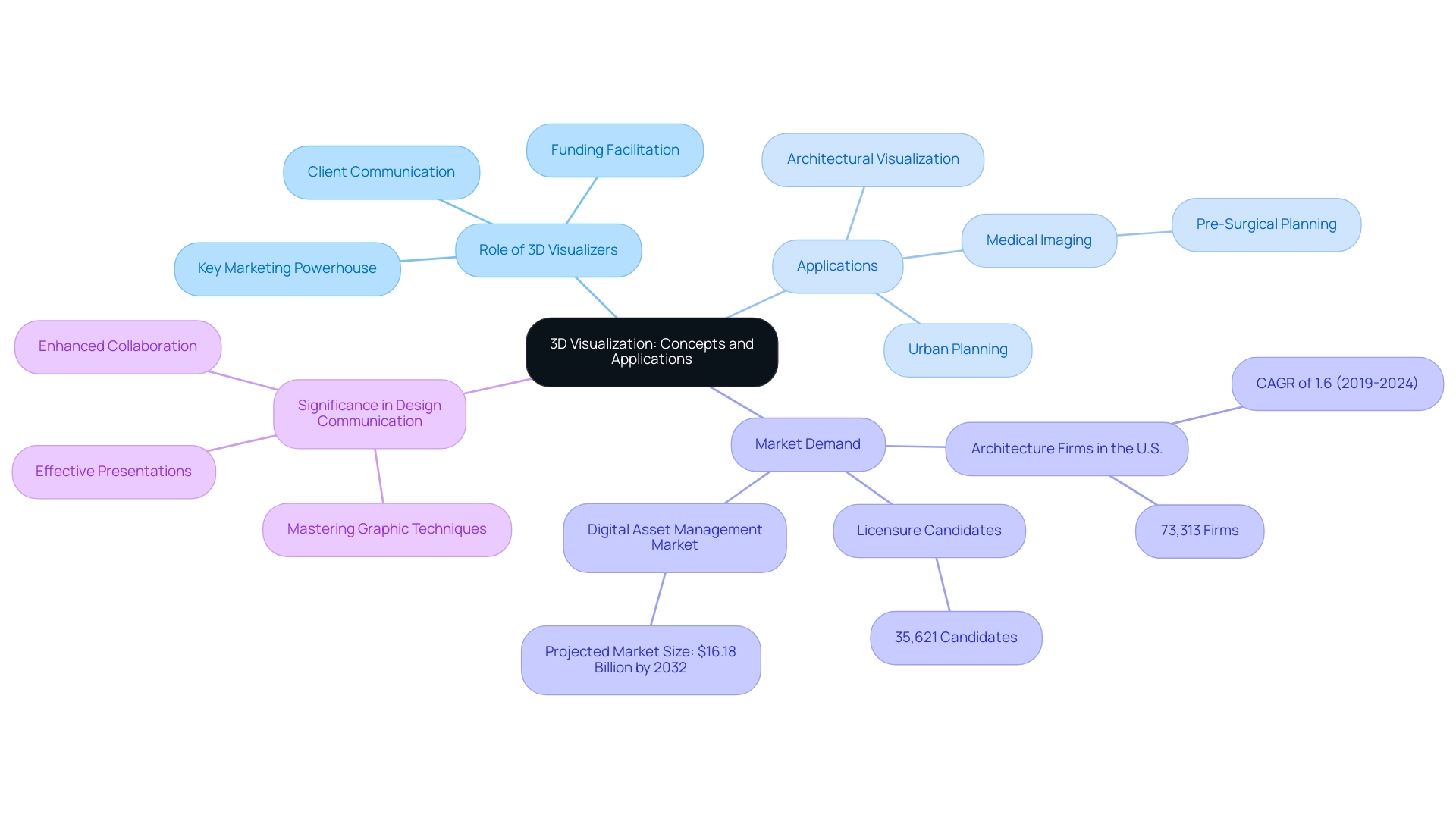
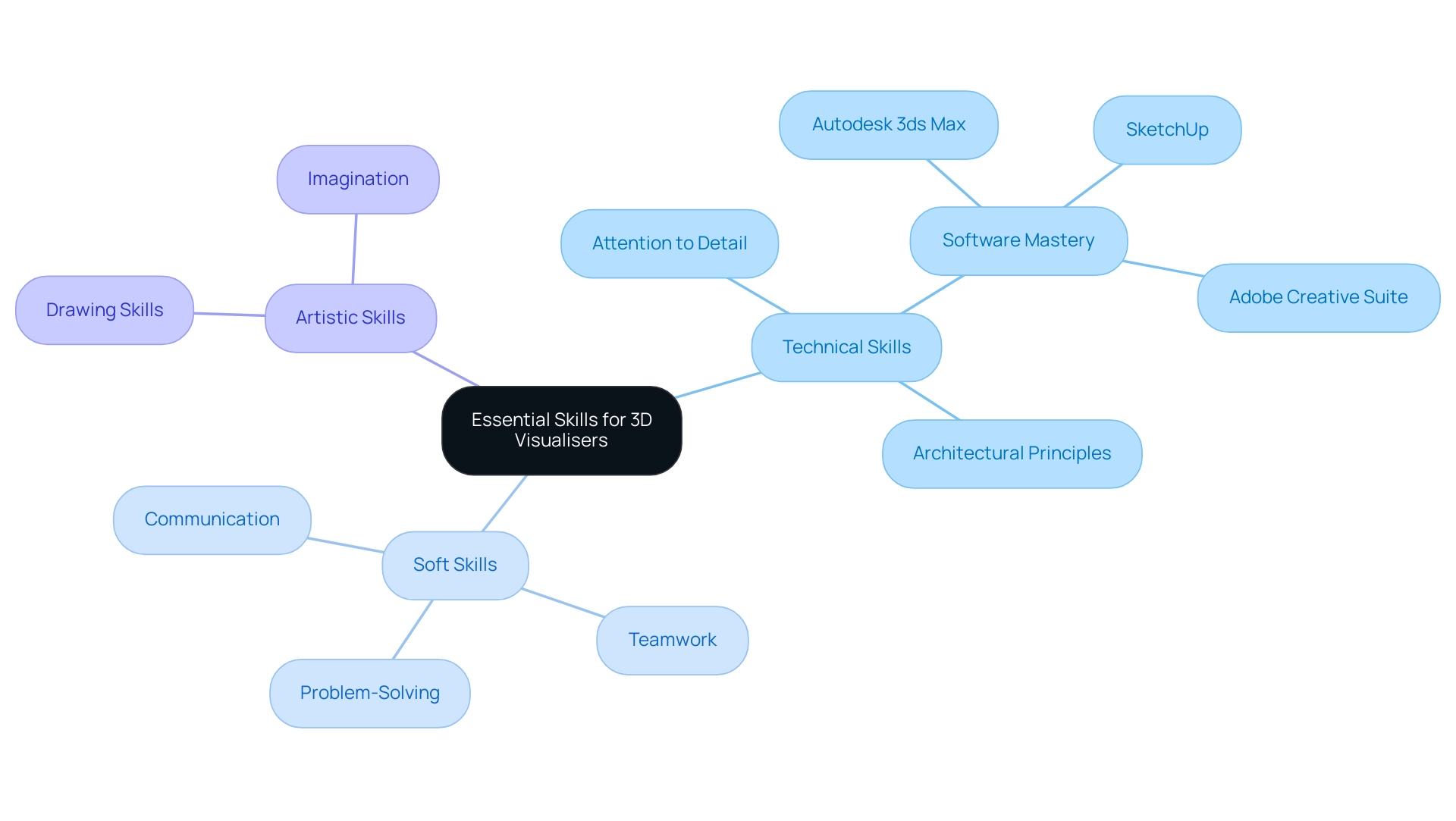
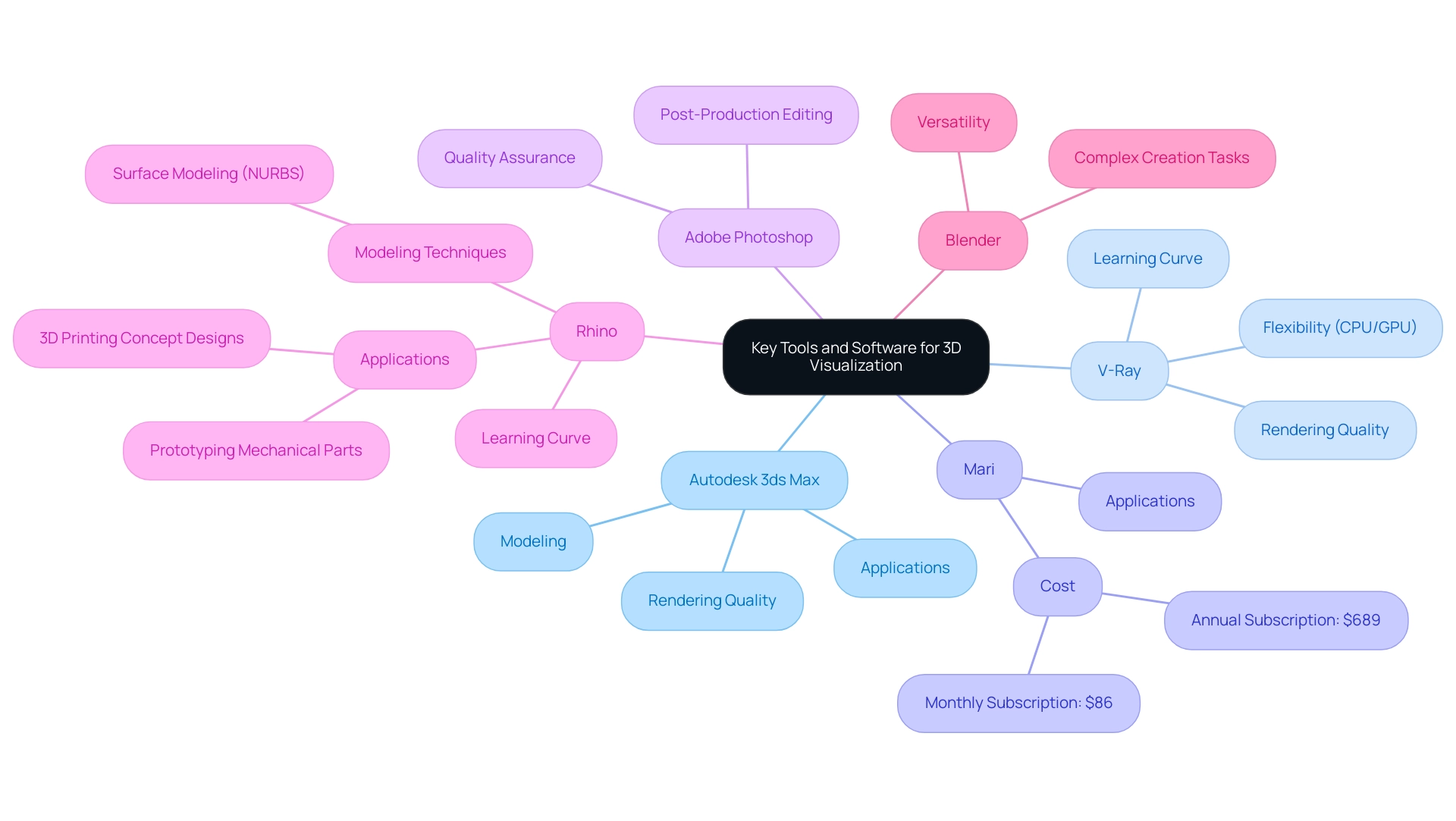
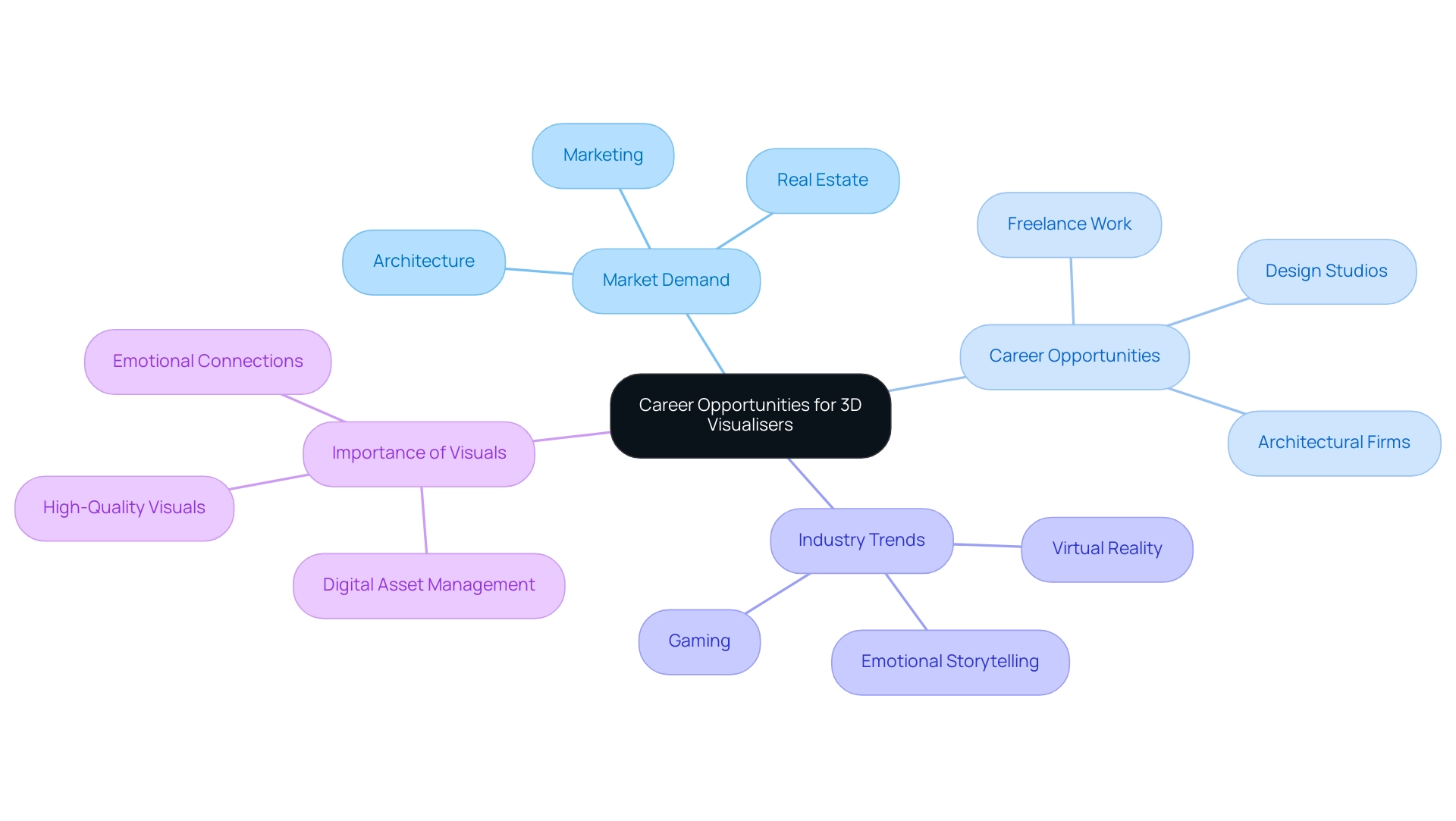
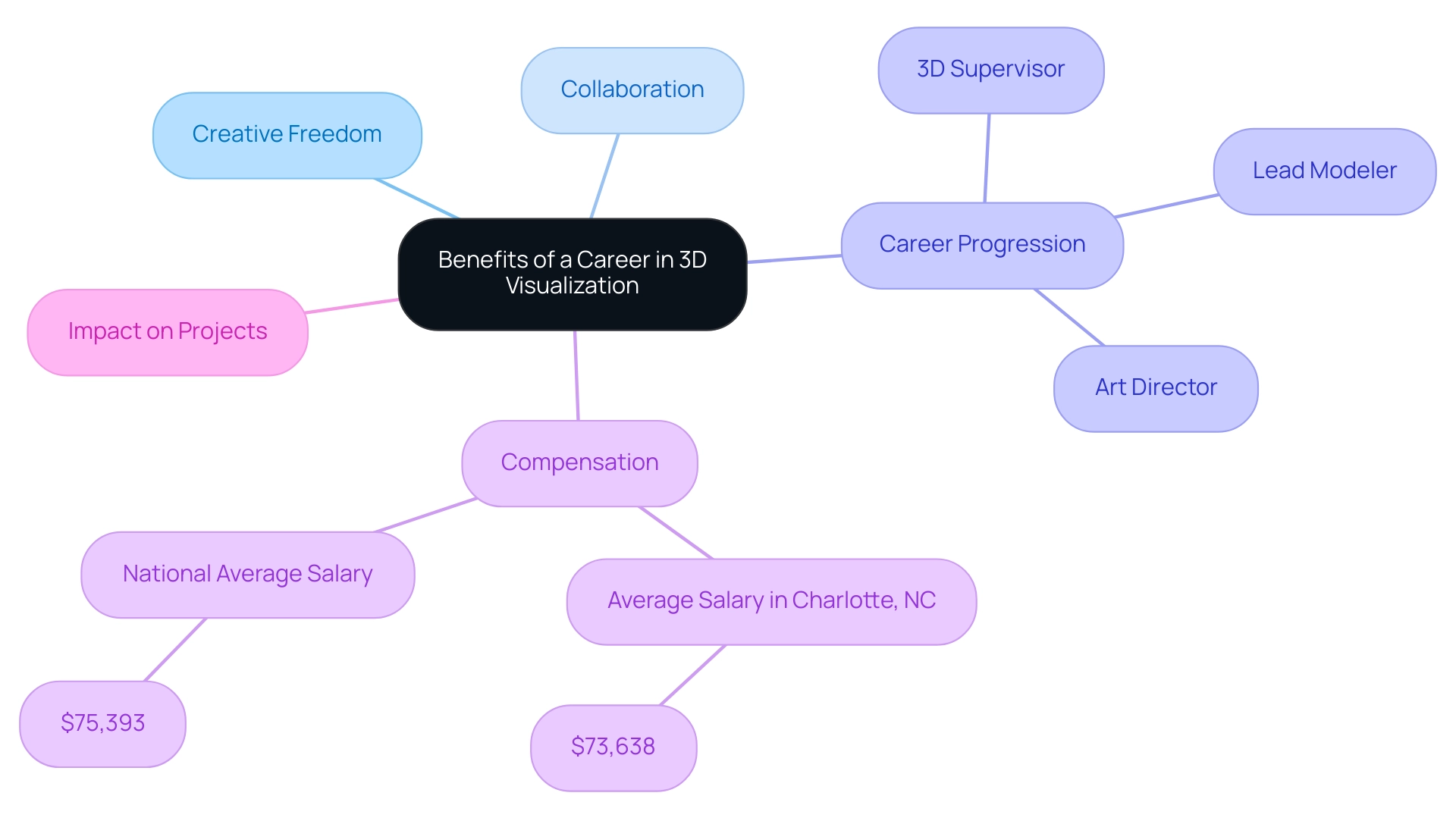
0 Comments